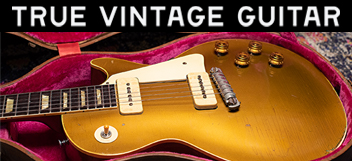Victory Pete
Member
- Joined
- Dec 2, 2009
- Messages
- 254
In this video Phil Harris talks about the increased neck angle from 58, 59 and 60 influencing the sound from a bit mellow in 58 to aggressive in 60. I have 2 ROs that do have high bridges and a great snappy aggressive sound. Can anyone confirm this?



